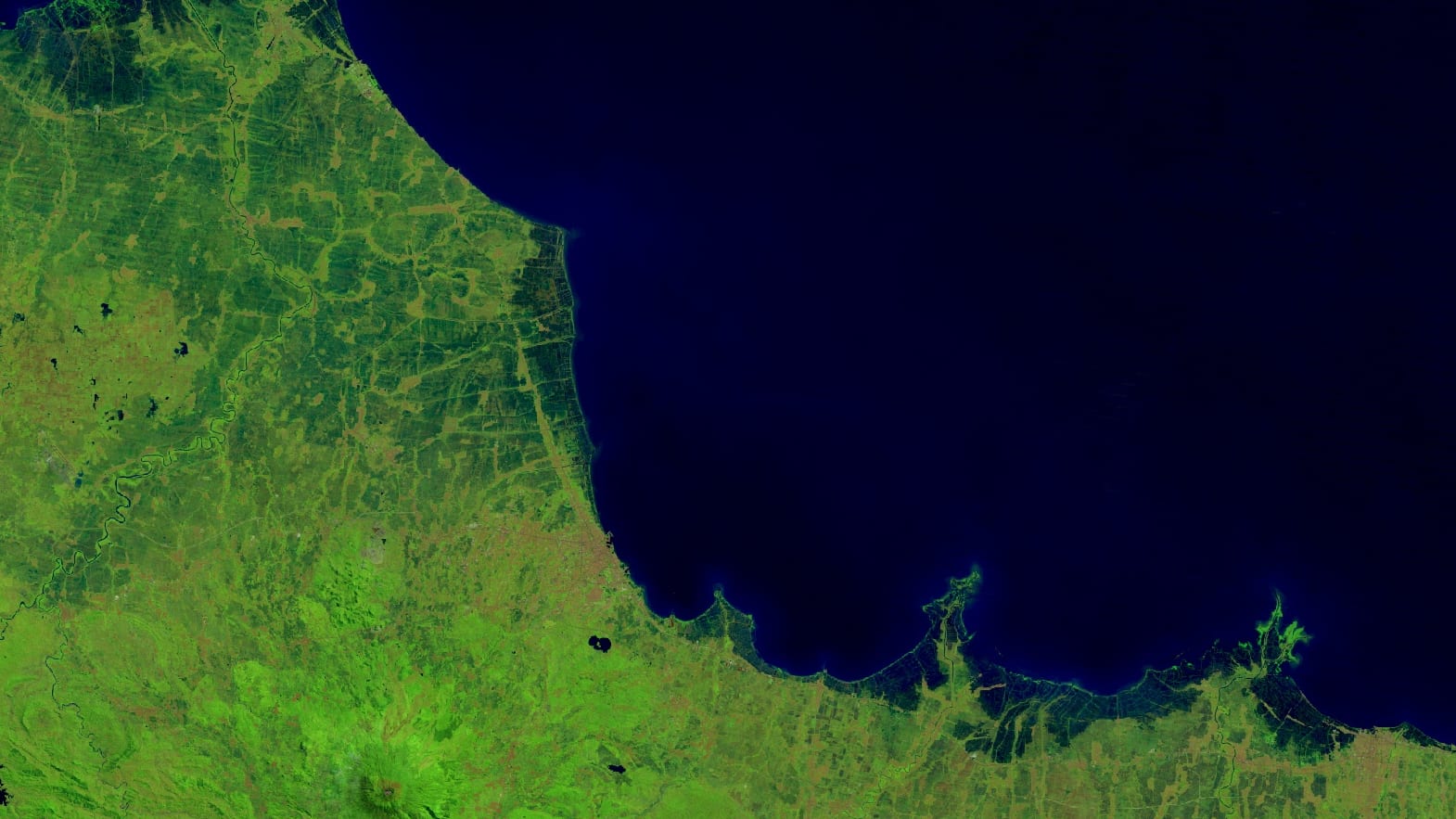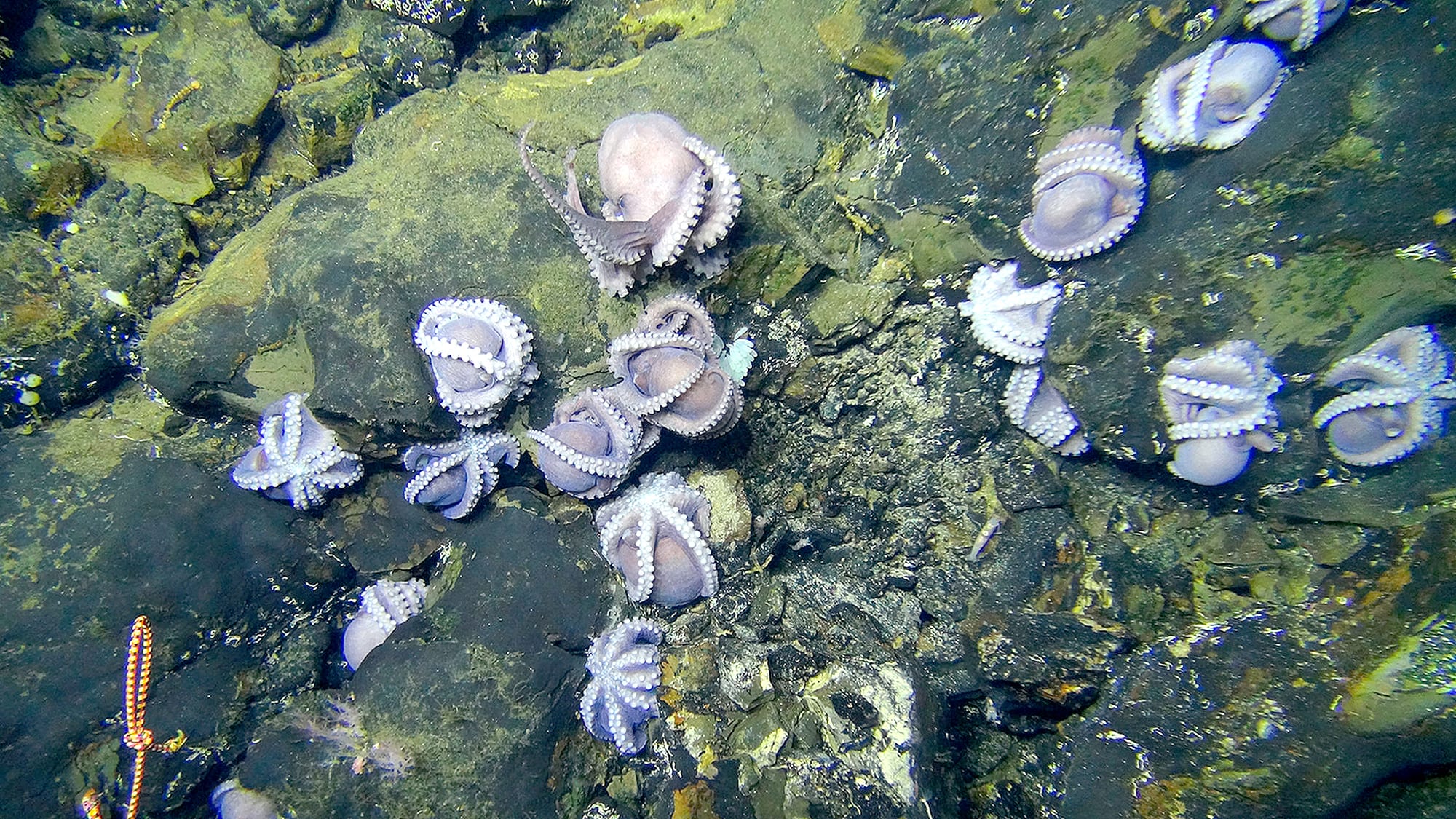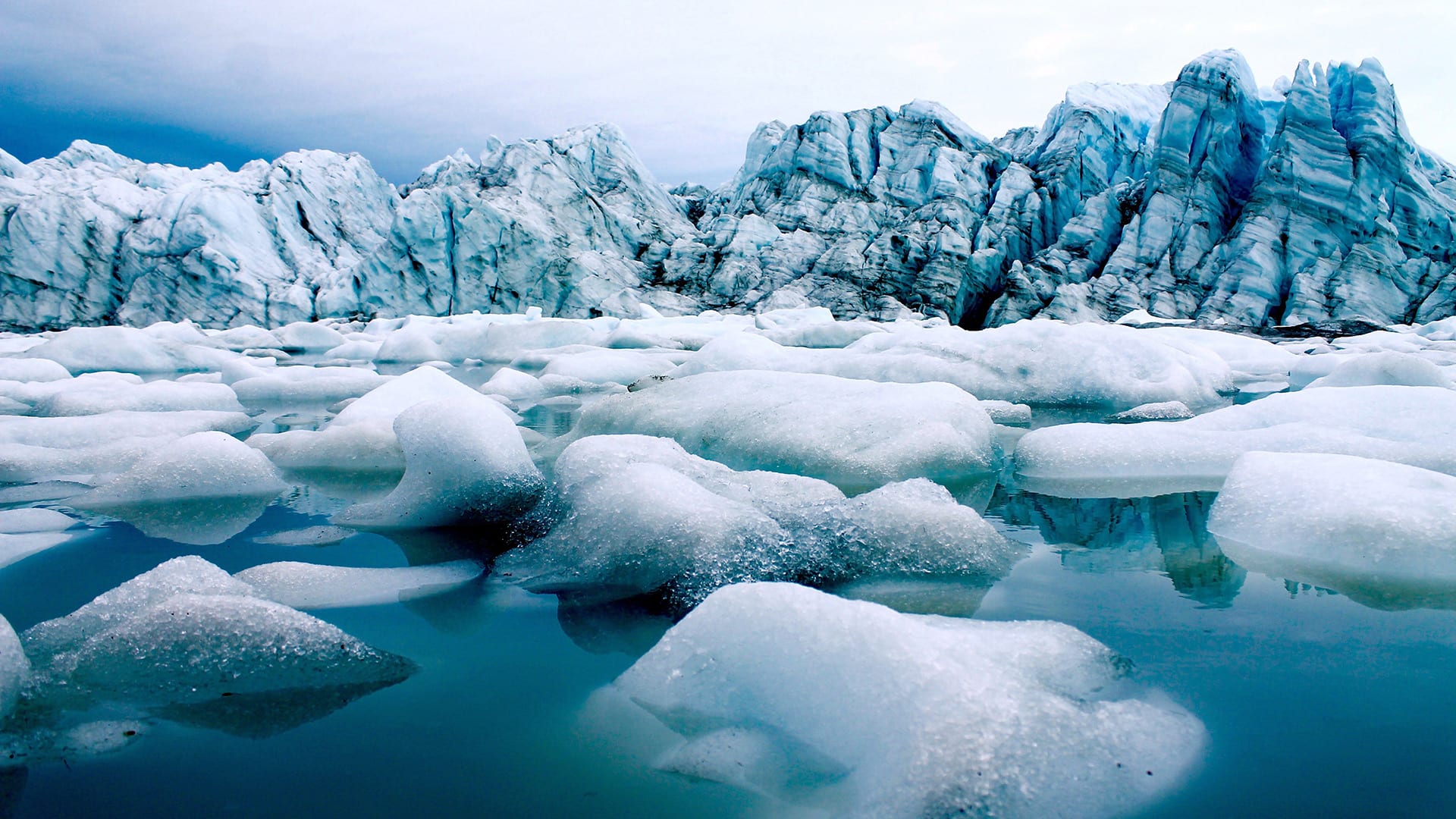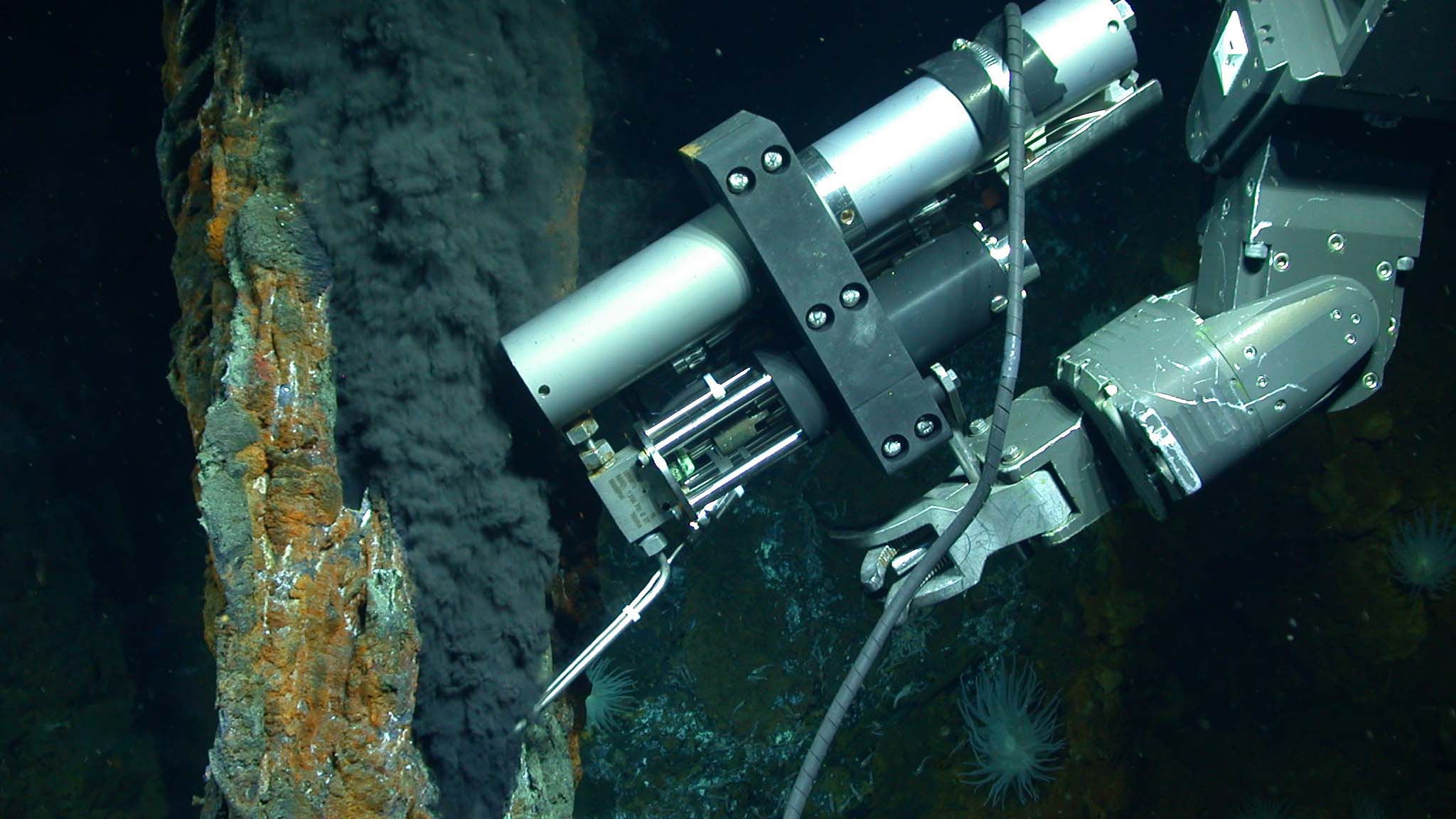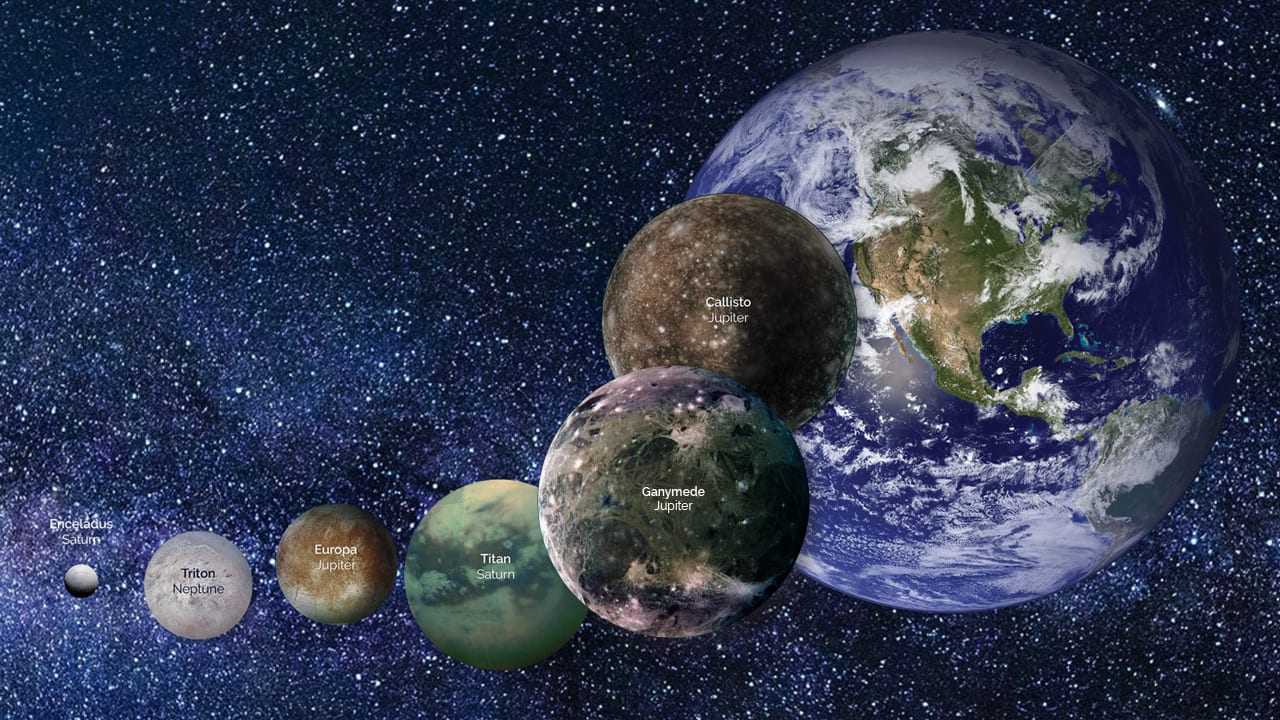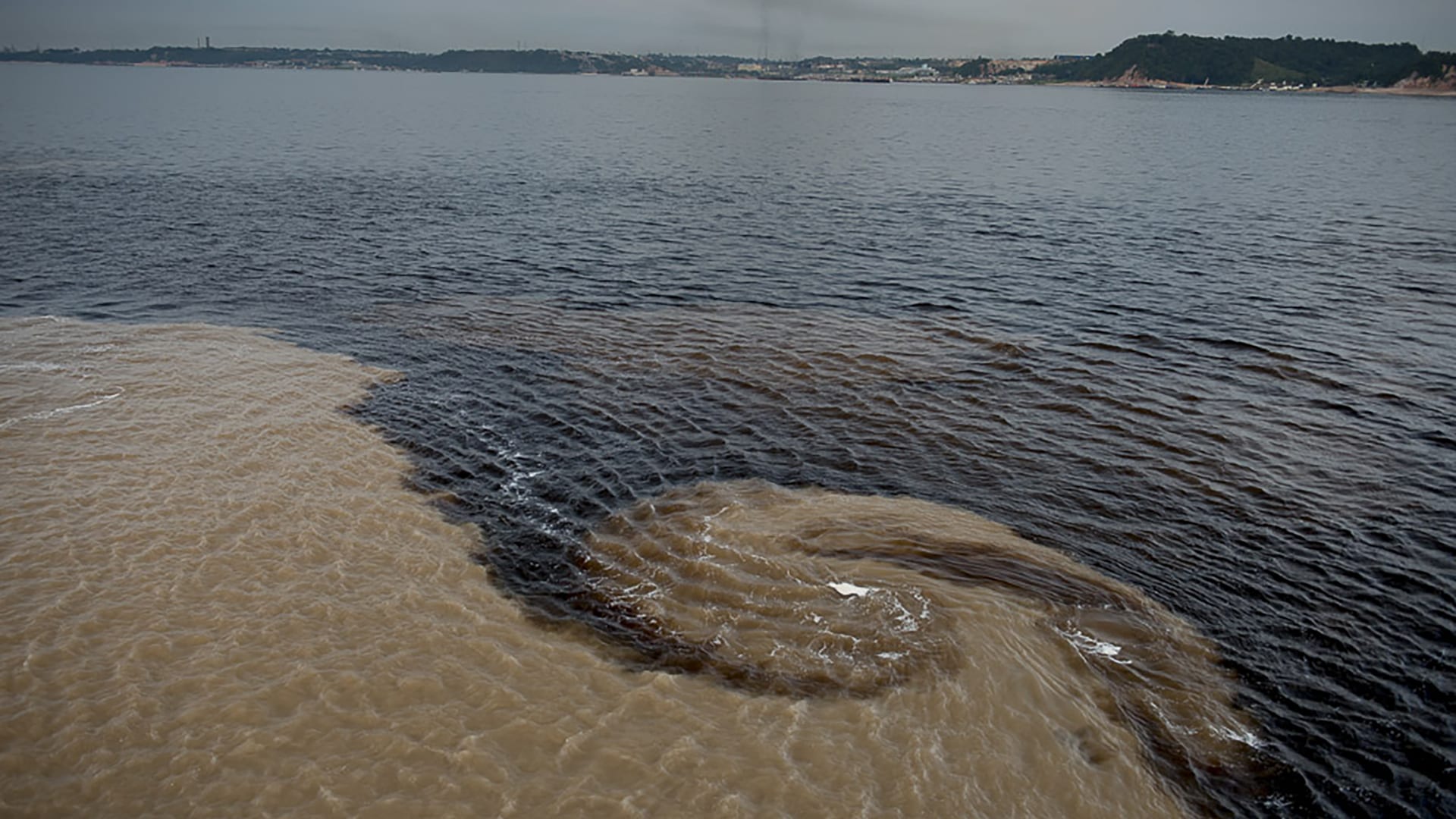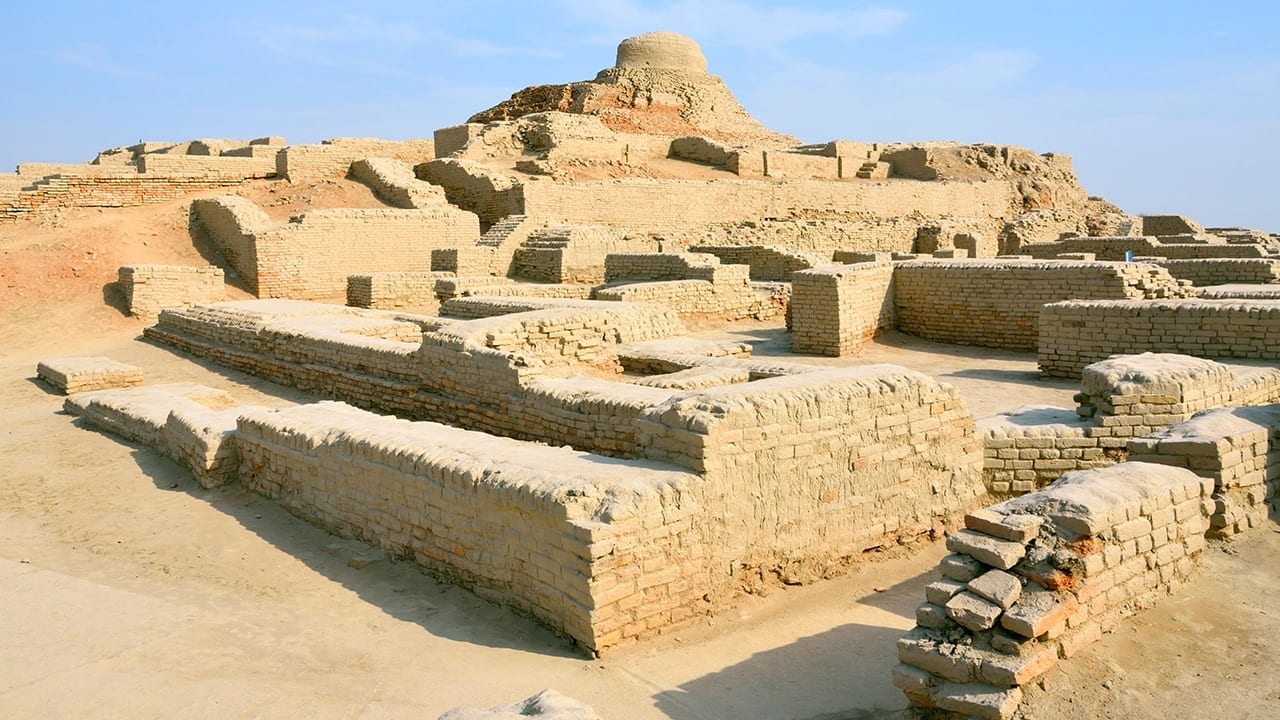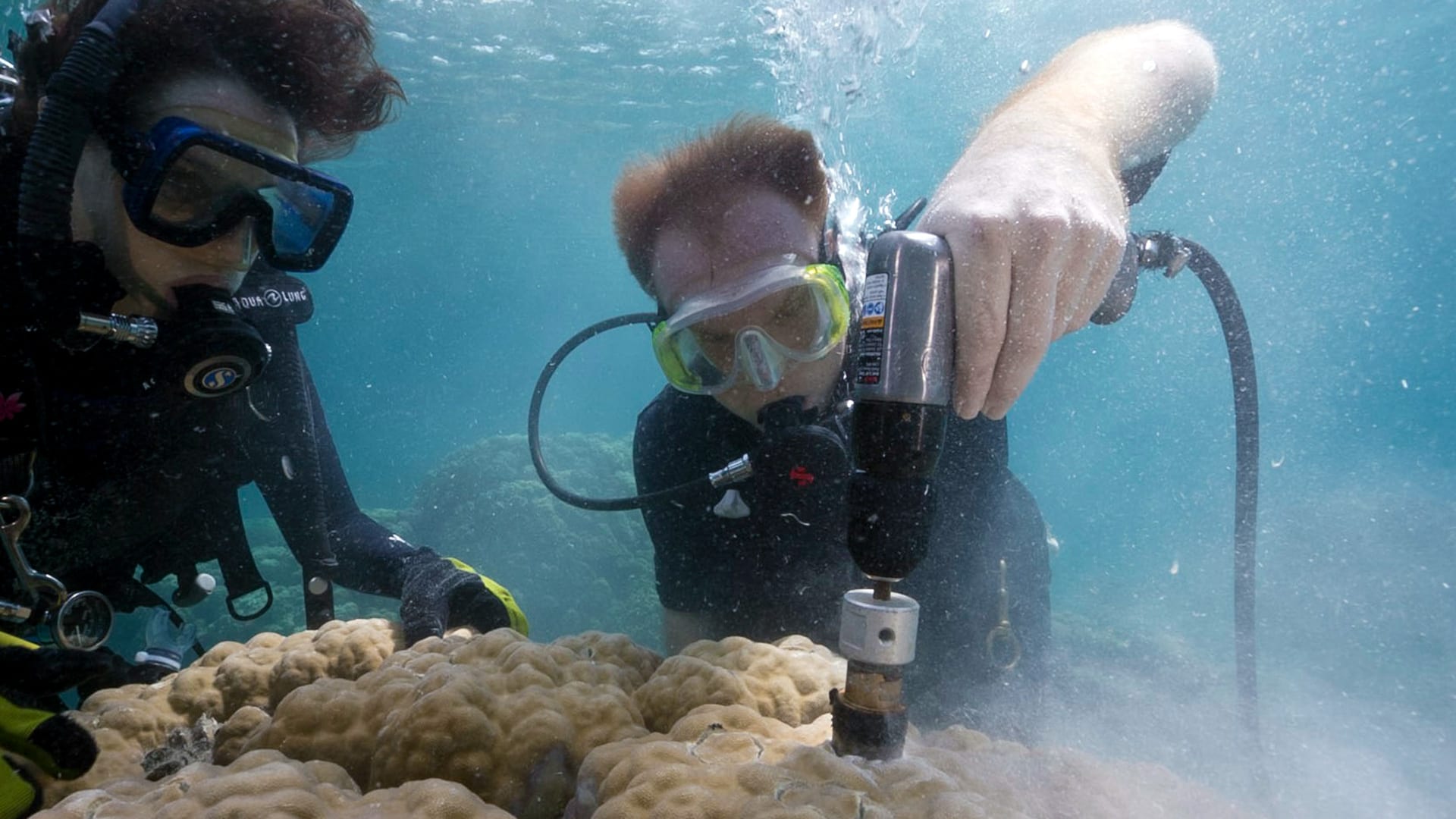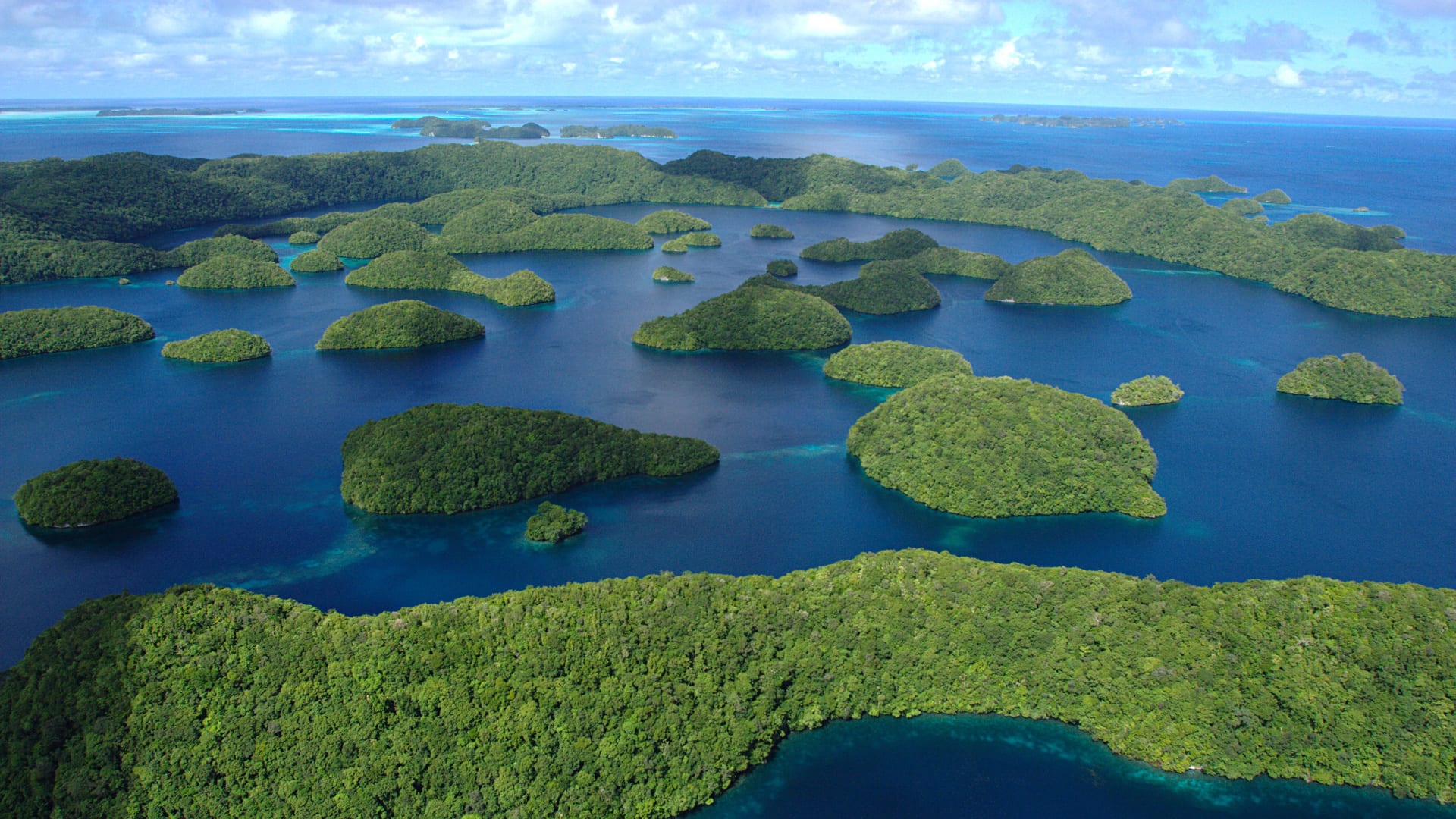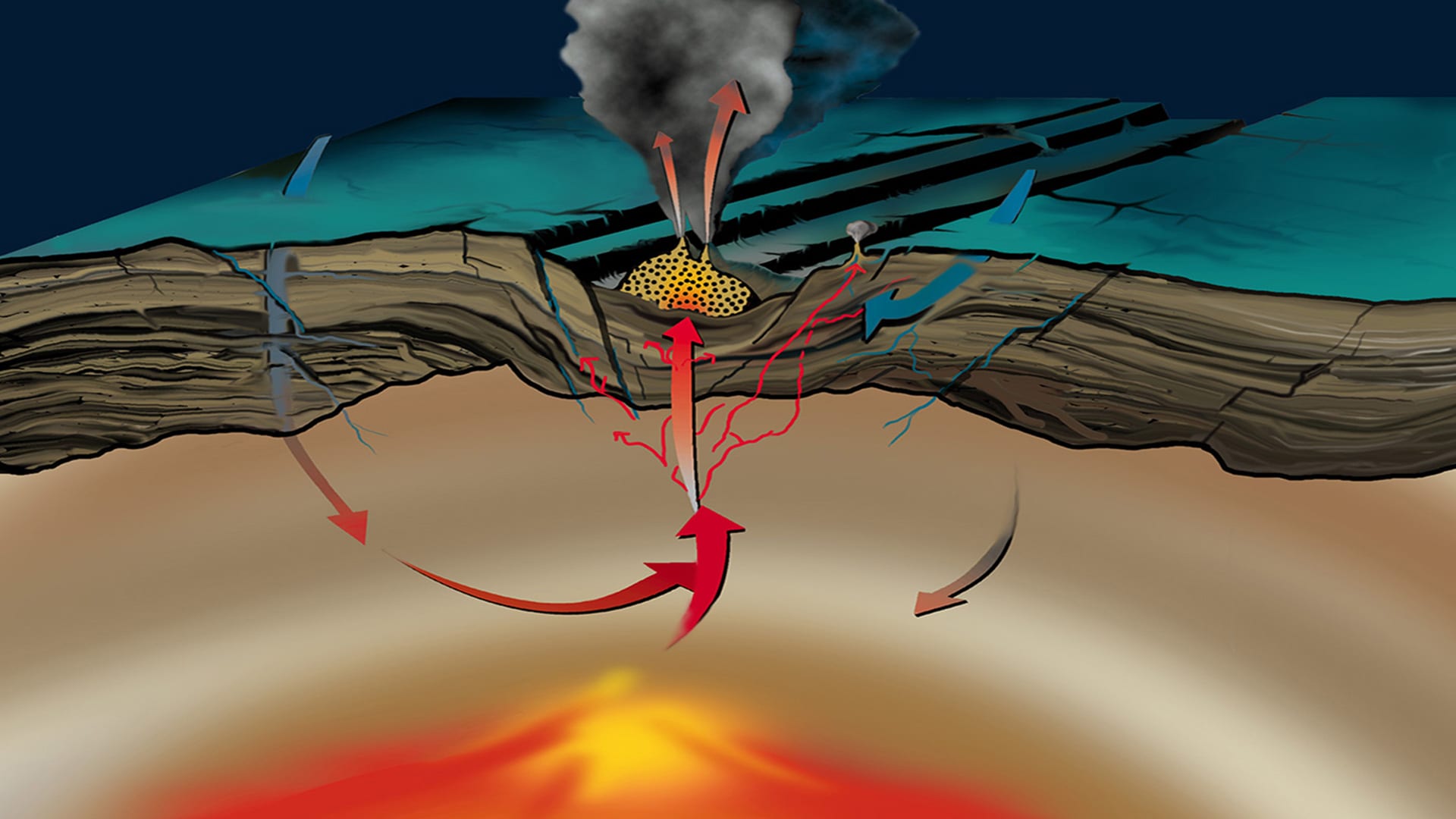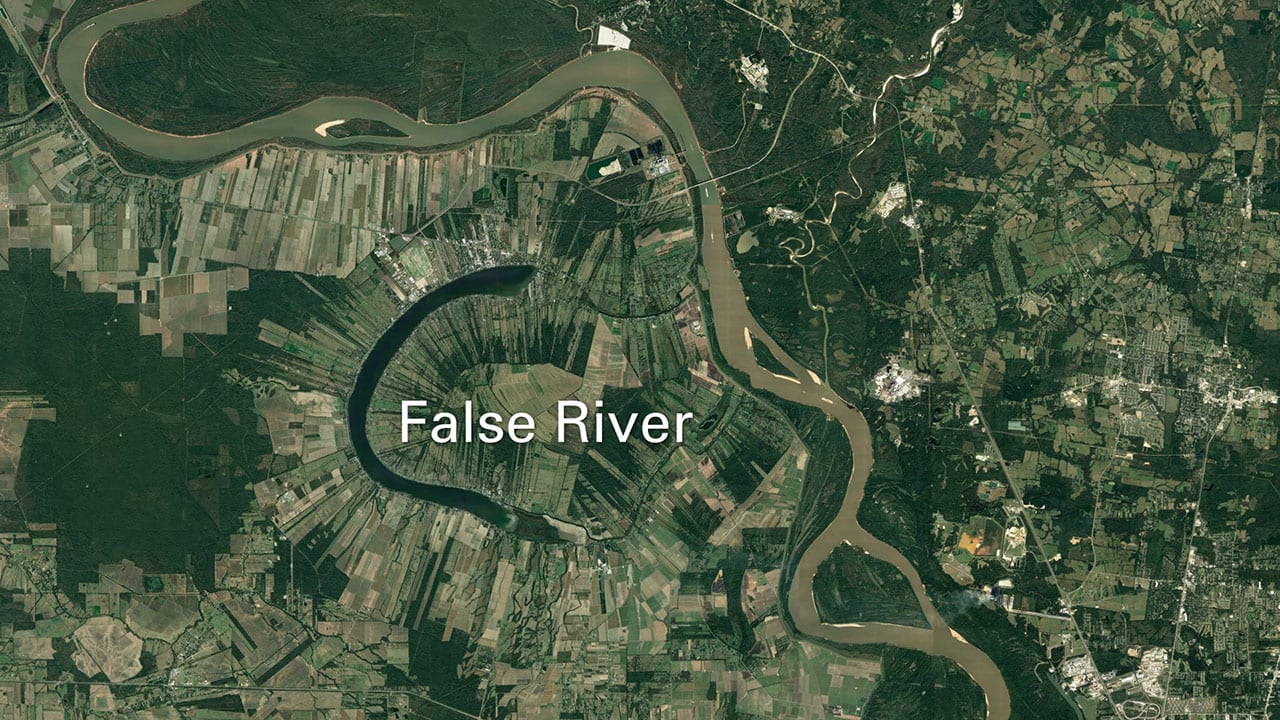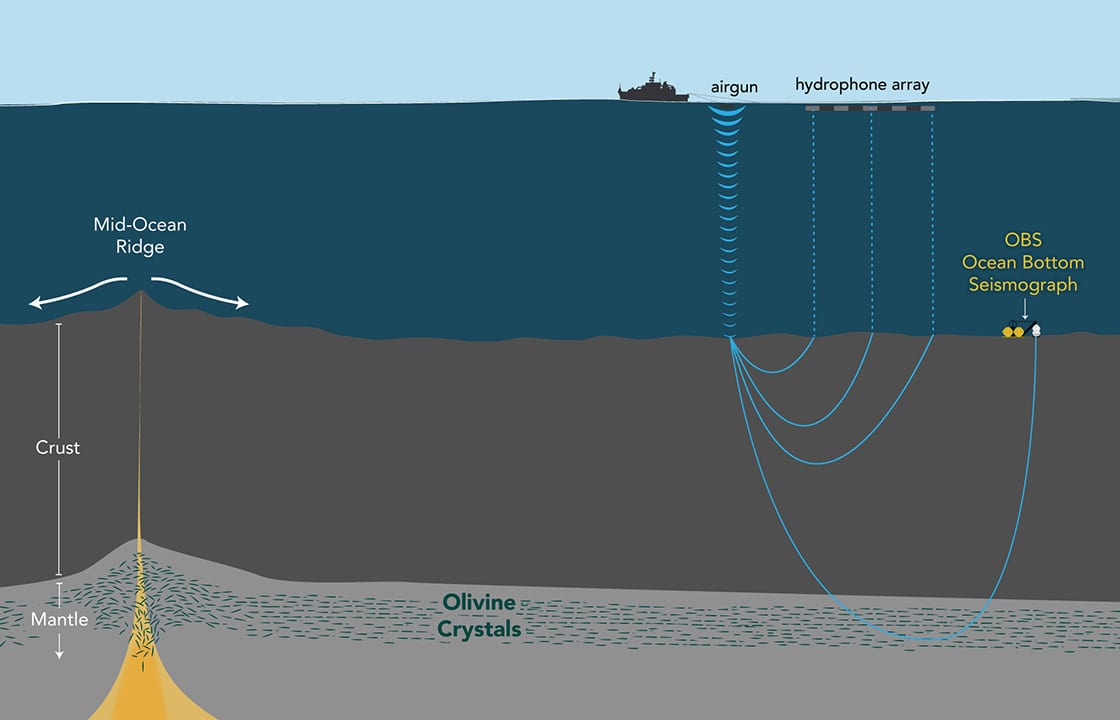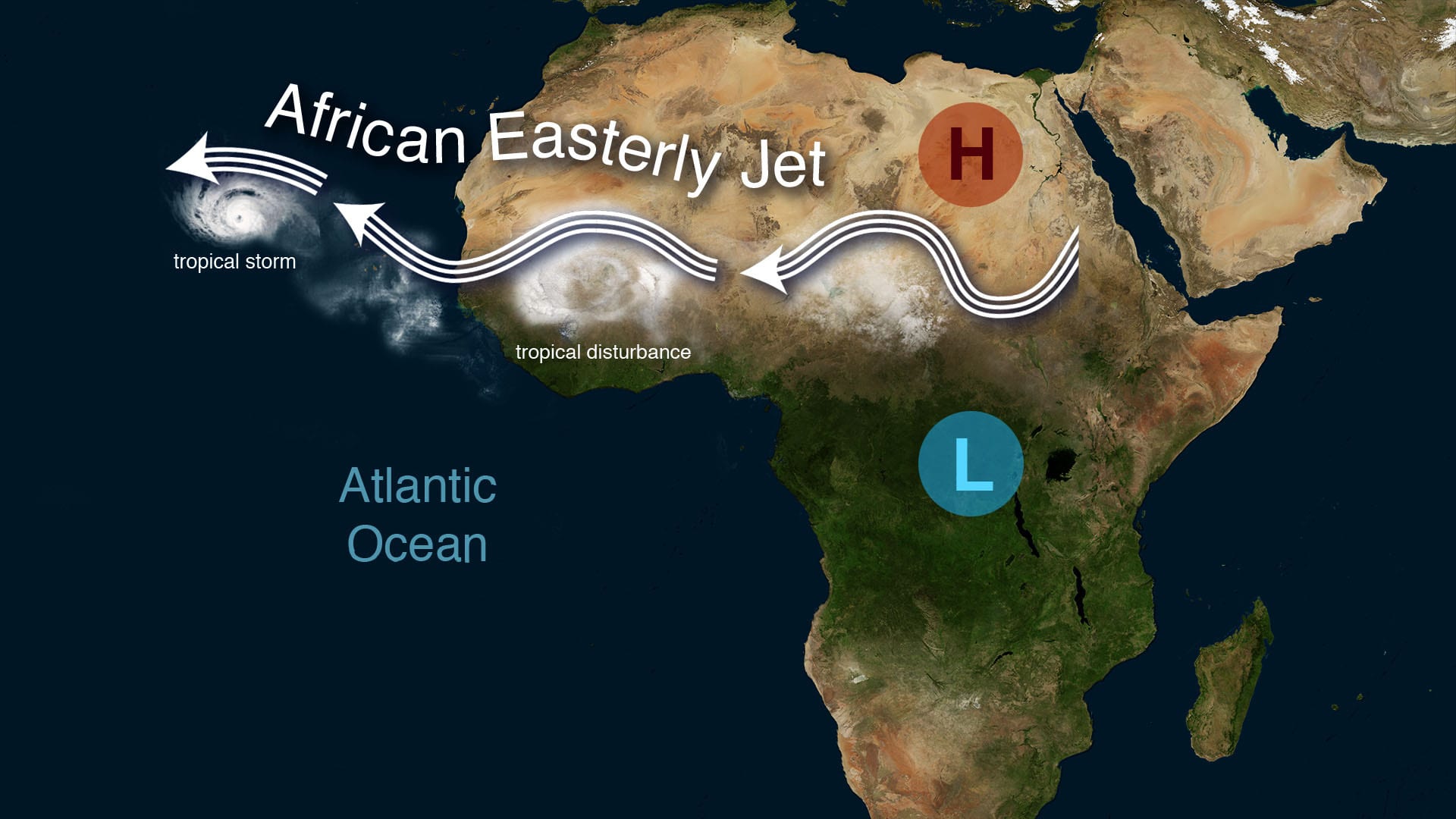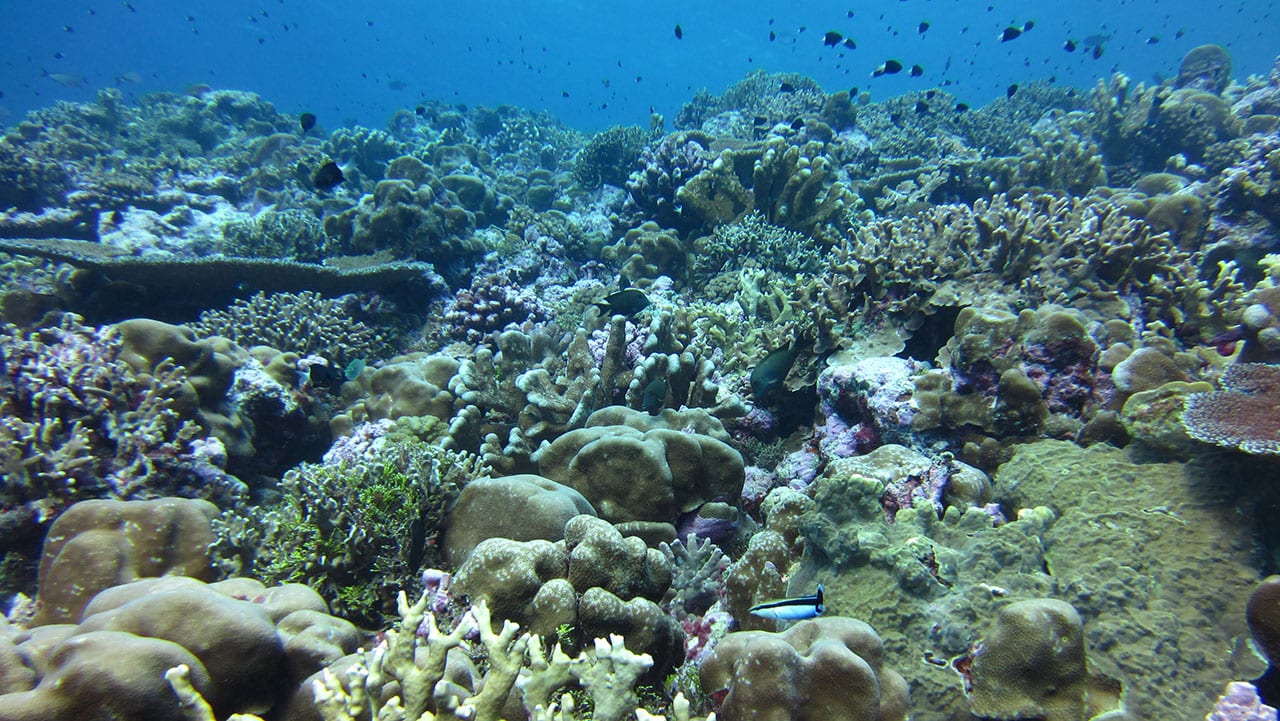Geology & Geophysics
Museum’s 150-Year-Old Plankton Have Thicker Shells Than Their Modern Counterparts
In a study published in Science in 2019, researchers from the Woods Hole Oceanographic Institute described how temperature readings taken by the Challenger and today show that while the ocean’s surface is warming, the…
Read MoreFor now, river deltas gain land worldwide
Delta areas worldwide have gained land in the past 30 years, despite river damming. However, recent land gains are unlikely to last throughout the 21st century due to expected, accelerated sea-level rise.
Read MoreStudy weighs deep-sea mining’s impact on microbes
The essential roles that microbes play in deep-sea ecosystems are at risk from the potential environmental impacts of mining, according to a new paper. The study reviews what is known about microbes in these environments and assesses how mining could impact their important environmental roles.
Read MoreUnderstanding the Melting Arctic
Glaciologist Sarah Das explains why surface melting and runoff across Greenland’s mile-thick ice sheet sped up dramatically in the 20th and 21st centuries, showing no signs of abating.
Read MoreThe ghosts of ancient hurricanes live in Caribbean blue holes
South Andros Island, part of the Bahamian archipelago, is a sandy slice of paradise whose shores conceal buried geological treasures: blue holes. Hiding in the depths of these ethereal submarine…
Read MoreIf alien life exists in our solar system, it may look like this
On September 19th, the research vessel, Kronprins Haakon, departed Longyearbyen, Svalbard headed toward the Aurora hydrothermal vent field, located along the Gakkel Ridge some 4000 meters below the arctic ice.
Read MoreIn the Blue Holes of the Bahamas, Secrets of Hurricanes Past
Researchers have assembled a 1,500-year history of hurricanes in the Bahamas, based on sand and shell fragments pulled up from submarine caverns known as blue holes.
Read MoreScientists Quantify Global Volcanic CO2 Venting; Estimate Total Carbon On Earth
Preparing to summarize and celebrate the 10-year Deep Carbon Observatory program at the National Academy of Sciences, Washington DC, Oct. 24-26, DCO’s 500-member Reservoirs and Fluxes team today outlined several…
Read MoreThe History of Ancient Hurricanes Is Written in Sand and Mud
Over the past year and as a student fellow in 2017, I have been working with Woods Hole Oceanographic Institution scientist Jeffrey Donnelly, who uses sediment cores—tubes of sand and…
Read MoreUp All Night- Atlantic hurricanes
BBC radio host Rhod Sharp and Jeff Donnelly of WHOI’s Coastal Research Lab trace the history of hurricanes in the Atlantic and discuss the frequency of intense storms. New sediment…
Read MoreHow a Volcanic Eruption Set Off a Phytoplankton Bloom
Lava-driven nutrient fountains “could be a pretty important driver of phytoplankton ecology in the broader ocean,” said Harriet Alexander, a biological oceanographer at the Woods Hole Oceanographic Institution who was…
Read MoreFaculty
The MIT-WHOI Joint Program draws from the resources of two preeminent institutions to form one of the largest oceanographic faculties in the world. Experts in their fields instruct students using…
Read MoreA Huge, Mysterious Reservoir of Methane Has Been Identified Deep Under The Ocean
“Identifying an abiotic source of deep-sea methane has been a problem that we’ve been wrestling with for many years,” says marine geochemist Jeffrey Seewald from the Woods Hole Oceanographic Institution…
Read MoreOrigin of Massive Methane Reservoir Identified
New research provides evidence of the formation and abundance of abiotic methane—methane formed by chemical reactions that don’t involve organic matter—on Earth and shows how the gases could have a similar origin on other planets and moons, even those no longer home to liquid water.
Read MoreNASA Makes Dual Investment in Ocean Worlds Research at the Woods Hole Oceanographic Institution
Agency funds five-year effort to understand the potential for life in outer solar system and establishes a new Network for Ocean Worlds The National Aeronautics and Space Administration (NASA) will…
Read MoreOrganic Carbon Hides in Sediments, Keeping Oxygen in Atmosphere
A new study from researchers at the Woods Hole Oceanographic Institution (WHOI) and Harvard University may help settle a long-standing question—how small amounts of organic carbon become locked away in…
Read MoreBBC: Why did an entire civilization vanish?
How Do Corals Build Their Skeletons?
WHOI scientists discovered precisely how ocean acidification affects coral skeletons’ a factor that will help scientists predict how corals throughout the world will fare as the oceans become more acidic.
Read MoreSearching for ‘Super Reefs’
Some corals are less vulnerable to ocean acidification. Can the offspring from these more resilient corals travel to other reefs to help sustain more vulnerable coral populations there?
Read MoreThe Discovery of Hydrothermal Vents
In 1977, WHOI scientists made a discovery that revolutionized our understanding of how and where life could exist on Earth and other planetary bodies.
Read MoreHuman-Engineered Changes on Mississippi River Increased Extreme Floods
Over the last century, many of the world’s major rivers have been modified for the purposes of flood control, power generation, and commercial navigation. A new study out of Woods Hole Oceanographic Institution suggests that engineering modifications to the Mississippi River interact with the have increased the risk of extreme floods to unprecedented levels.
Read MoreHow Is the Seafloor Made?
An ultrasound for the Earth? Using sound waves, a graduate student peers into the crystalline texture of the tectonic plates that cover our planet’s surface.
Read MoreUnearthing Long-Gone Hurricanes
A graduate student at Woods Hole Oceanographic Institution tracks a trail of clues left behind on the seafloor by hurricanes as they stream across the ocean.
Read MoreScientists Pinpoint How Ocean Acidification Weakens Coral Skeletons
The rising acidity of the oceans threatens coral reefs by making it harder for corals to build their skeletons. A new study identifies the details of how ocean acidification affects coral skeletons, allowing scientists to predict more precisely where corals will be more vulnerable.
Read More
